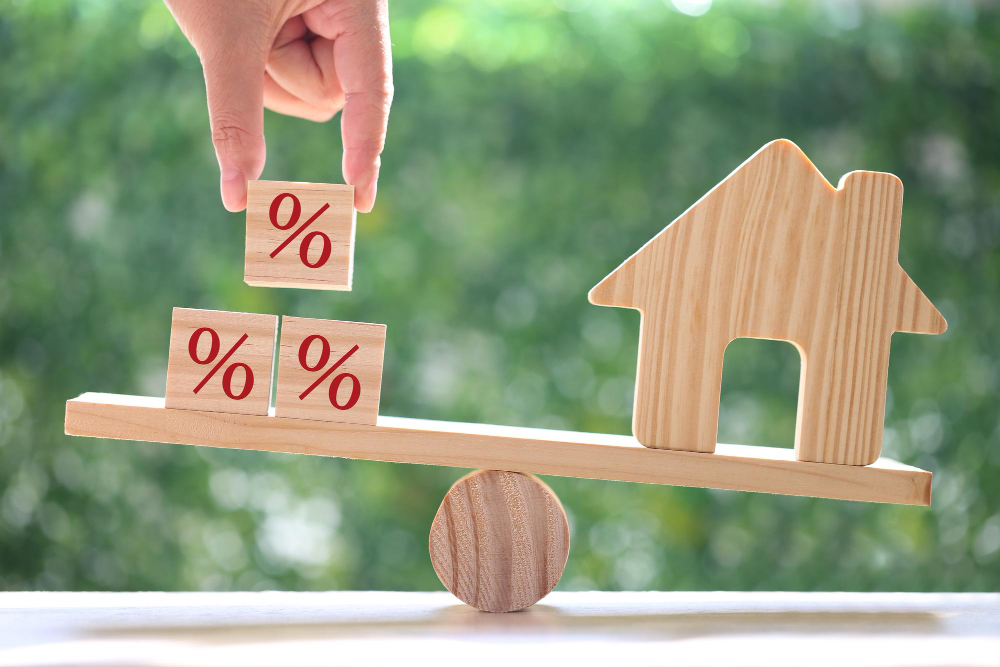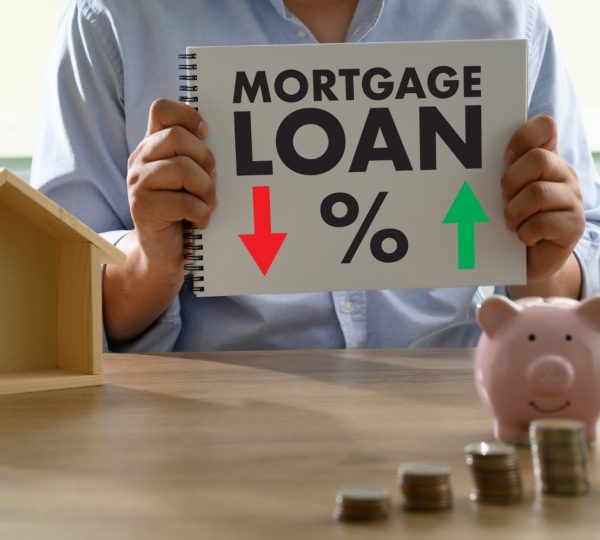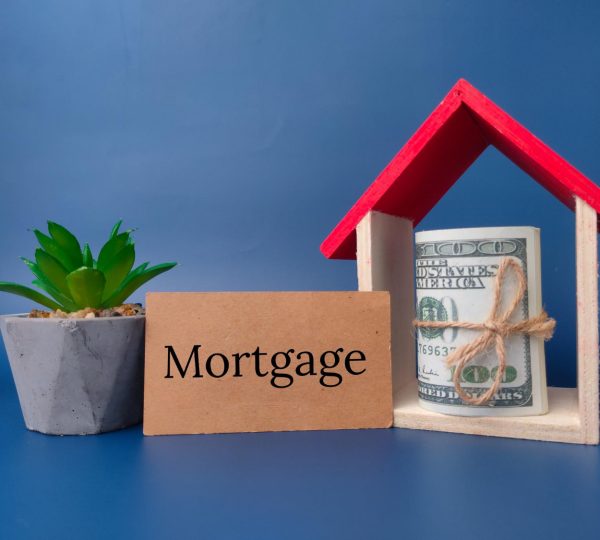Holders of variable-rate mortgages used to be better off financially than those with fixed-rate mortgages. That’s because they lived through extended low-interest rate times. While such may have been the case in the past, many contemporary homeowners with a variable-rate mortgage have felt the pinch. And it looks like it won’t let up for a while.
On October 26th, the Bank of Canada is widely anticipated to implement another rate hike, with some predicting an additional increase of 50 basis points. A total of 350 basis points, or 3.5%, would be added, making this the sixth hike since March. From the point of view of the homeowner, this will result in a higher instalment fee. Those who are experiencing financial hardships may consider switching to a fixed-rate mortgage. But weighing your choices carefully before making any hasty decisions is wise.

The effects of increased interest rates on regular payments
First, two primary categories of variable-rate mortgages are adjustable-rate mortgages and fixed-payment mortgages.
If you have a mortgage with a variable interest rate and a fixed monthly payment, your payment won’t change. The proportion of your income toward interest fluctuates as rates rise and fall.
The proportion of your payment used to interest rather than the loan’s principal increases when interest rates rise. The time it takes you to pay off your home or other property, known as its amortization schedule, will increase. Your trigger rate is when your interest payments exceed your principal payments. When that happens, you’ll have to talk to your lender about lowering your costs again so you can start accruing equity.
The interest rate on an ARM fluctuates with the prime lending rate of the lending institution. With a prime minus one adjustable-rate mortgage (ARM), your monthly payment would be one percent if the prime rate at your bank was three percent.
Each mortgage loan is unique. Every financial institution has its prime rate and different savings programs for borrowers with adjustable-rate mortgages. The above scenario illustrates the potential impact of rising rates on a mortgage.
When is it time to settle down?
Many borrowers choose a floating-rate mortgage because they anticipate lower monthly payments. Throughout their mortgage, customers should be able to handle moderate disruptions.
However, those who chose a variable rate are now paying more than they would have for a fixed rate, given the present interest rate climate. No one enjoys being on the losing end of a wager, so you will want to consider your unique circumstances before making a call.
Before the interest rate announcement, you should switch to a fixed-rate mortgage if your monthly payments keep you up at night. By doing this, you can secure a cheap rate for the next five years. Since rate hikes are widely anticipated in the coming days, it would likely take only one more walk to put you in the black.
Since you’re locking in with them, most lenders would gladly let you change your variable-rate mortgage to a fixed-rate mortgage at no extra cost.
Feeling that you “lost” anything by going with a fixed rate is not justified. Keep this in mind. You may have thought you could tolerate a variable rate, but now you know it’s not for you because of the inherent instability. You can rest easy if you lock in immediately.
But if you have a variable-rate mortgage now with only a year or two left on your term, consider locking in your rate. Choosing to wait things out may be the best option. That’s because, by that point, you’d have benefited from favourable interest rates for several years running. You’d be stuck with a higher rate if you went fixed. You should renew and see how things progress.
Keep this in mind. In most cases, the fees associated with breaking a fixed-rate mortgage are higher than those associated with a variable-rate mortgage. That’s why staying on a variable rate makes sense if you ever need to pay off your mortgage early.
Is there anything else you can do?
You can stay with your variable-rate mortgage lender or switch to a fixed-rate mortgage. You also have two alternative options, both of which are likely to be superior.
You can receive a new variable-rate mortgage after paying the penalty for breaking your current one. The only way this could be improved is if the new variable rate mortgage provides a deeper discount than you already receive.
The alternative is to pay the associated penalty to get out of your current mortgage early and start with a new fixed-rate mortgage from a different provider. If you find that other banks have more attractive fixed-rate mortgages than your present one, you may benefit from switching. It would help to consider the penalty’s cost to determine whether the potential savings are worthwhile.
Consult a specialist for help.
A rate increase is anticipated, but the future is uncertain. If you are worried about your budget and future payments, locking in a rate now may be a good idea. A fixed-rate mortgage can outweigh the savings you would obtain from a variable-rate mortgage because you will know exactly how much you will pay each month for the next five years.
However, it’s always a good idea to consult a mortgage professional or broker since they can explain your alternatives and help you discover the best one for your needs.



